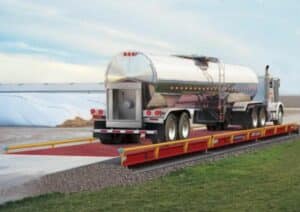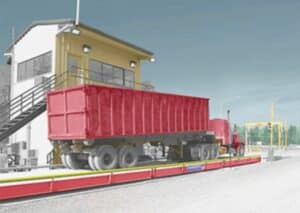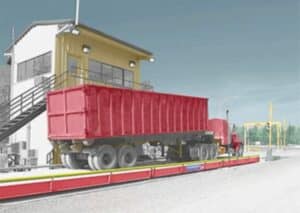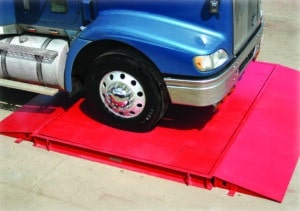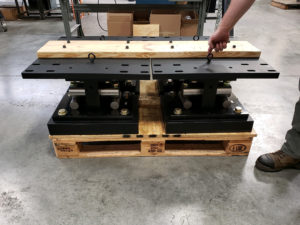Metrology Glossary: Dead Load
What Is Dead Load?
Dead load refers to the mass of a vehicle, such as a car or truck, when it does not contain any passengers or cargo. It is also referred to as “curb weight.” Minimum dead load is a requirement established by the National Type Evaluation Program (NTEP) that specifies the minimum weight that must be applied to each load cell within a weighing system. This standard is in place to ensure the accuracy and reliability of the weighing system. The specific minimum dead load for a given weighing system is determined by the manufacturer of that system.
What Is Dead Load Used For?
- Calibration and Precision: The minimum dead load establishes a calibration baseline, crucial for refining weighing systems. This standardized weight ensures precise measurements across diverse applications, promoting fairness in commercial transactions, tollbooth operations, and safety inspections.
- System Stability and Reliability: Introducing a minimum dead load stabilizes weighing systems by preloading load cells, reducing susceptibility to fluctuations. This proactive measure enhances system reliability, minimizing inaccuracies from external factors such as vibrations or temperature changes.
- Anomaly Detection: Failure to register the minimum dead load signals potential malfunctions. Early identification prevents inaccurate measurements, averting financial or operational consequences.
- Standards Compliance: Adhering to the manufacturer’s specified minimum dead load ensures alignment with industry standards, reducing the risk of legal or safety issues.
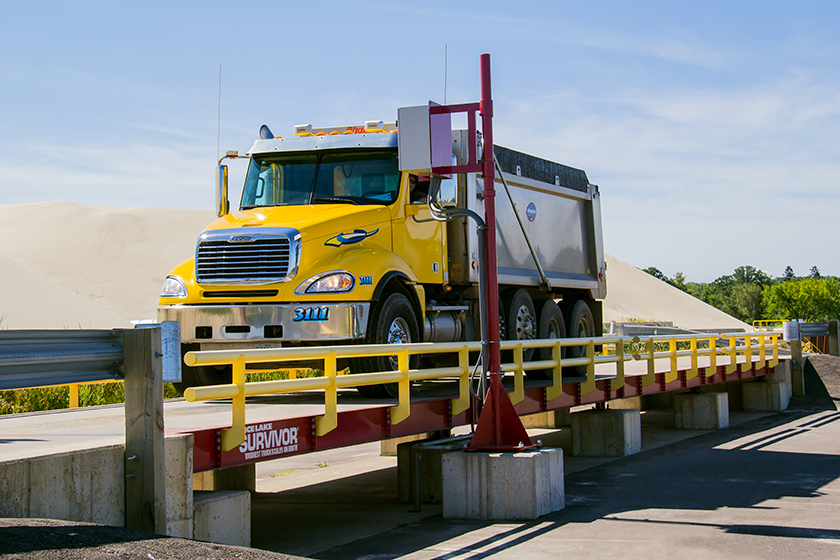
Related Terms
A dead weight tester serves as a highly accurate device for calibrating pressure gauges and other pressure-measuring instruments....
A truck scale is a substantial weighing device used for determining the mass of complete commercial vehicles such as trucks, buses, and trailers....
A load cell is a precise instrument used to measure an object's weight or applied force, converting this physical input into an electrical signal....



